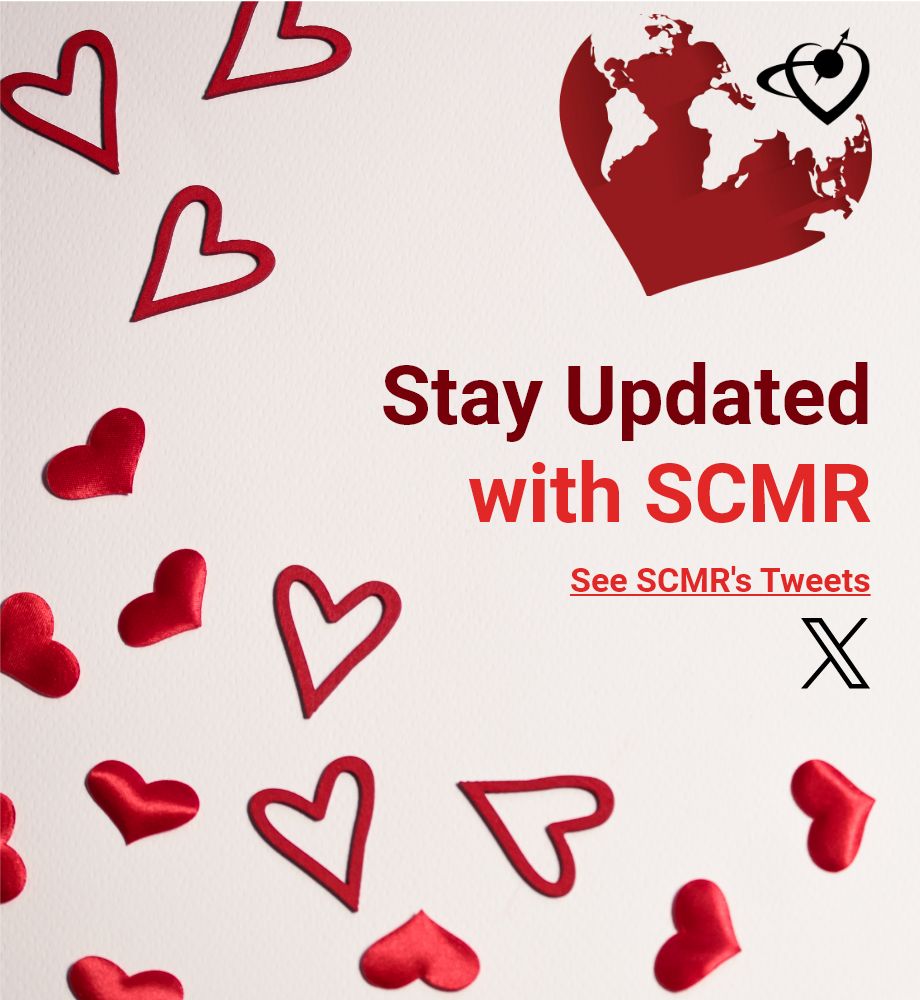Sloane McGraw et al. Am J Cardiol 2016 epub ahead of print
Link: http://www.ajconline.org/article/S0002-9149(16)31102-X/abstract
Given the rising costs of imaging, there is increasing pressure to provide evidence for direct additive impact on clinical care. Appropriate use criteria (AUC) were developed to optimize test-patient selection and are increasingly used by payers to assess reimbursement. However, these criteria were created by expert consensus with limited systematic validation. The aims of this study were therefore to determine (1) rates of active clinical change resulting from stress cardiovascular magnetic resonance (CMR) imaging and (2) whether the AUC can predict these changes. We prospectively enrolled 350 consecutive outpatients referred for stress CMR. Categories of “active changes in clinical care” due to stress CMR were predefined. Appropriateness was classified according to the 2013 AUC. Multivariate logistic regression analysis was used to identify factors independently associated with active change. Overall, stress CMR led to an active change in clinical care in about 70% of patients. Rates of change in clinical care did not vary significantly across AUC categories (p = 0.767). In a multivariate model adjusting for clinical variables and AUC, only ischemia (odds ratio [OR] 6.896, 95% CI 2.637 to 18.032, p <0.001), known coronary artery disease (OR 0.300, 95% CI 0.161 to 0.559, p <0.001), and age (OR 0.977, 95% CI 0.954 to 1.000, p = 0.050) independently predicted significant clinical change. In conclusion, stress CMR made a significant impact on clinical management, resulting in active change in clinical care in about 70% of patients. AUC categories were not an independent predictor of clinical change. Clinical change was independently associated with the presence of ischemia, absence of known coronary artery disease, and younger age.







